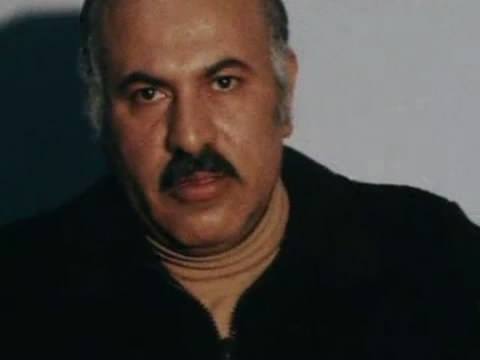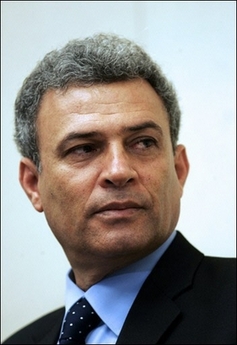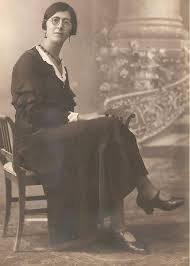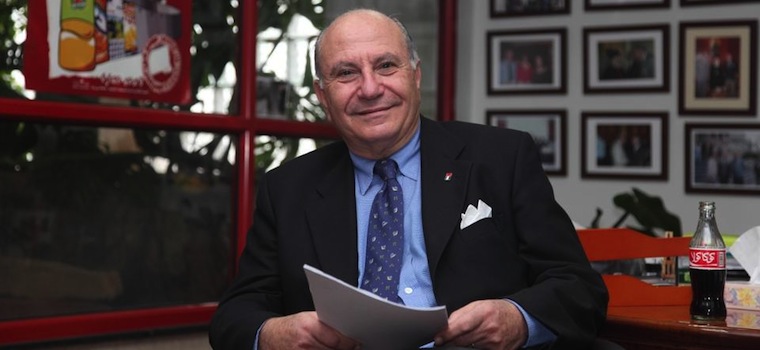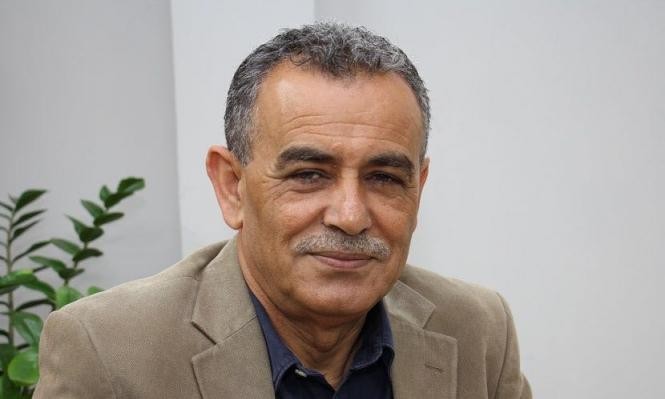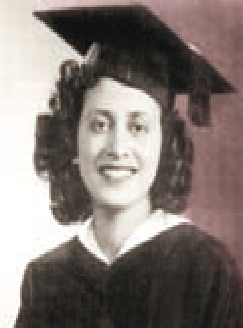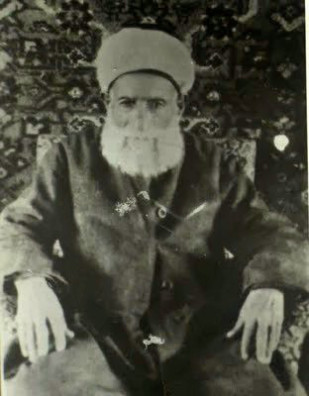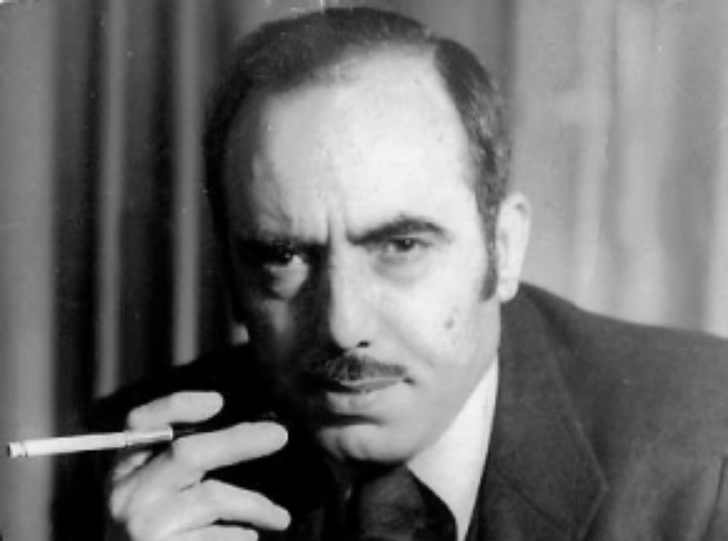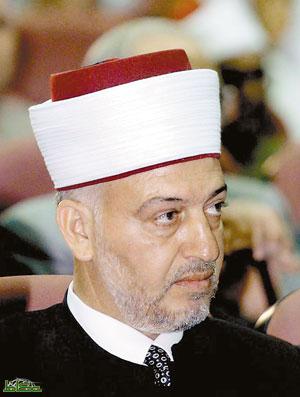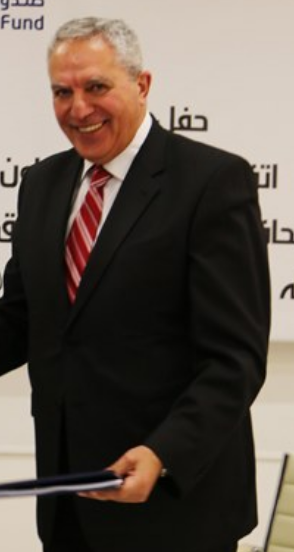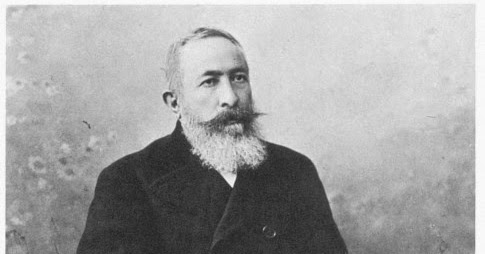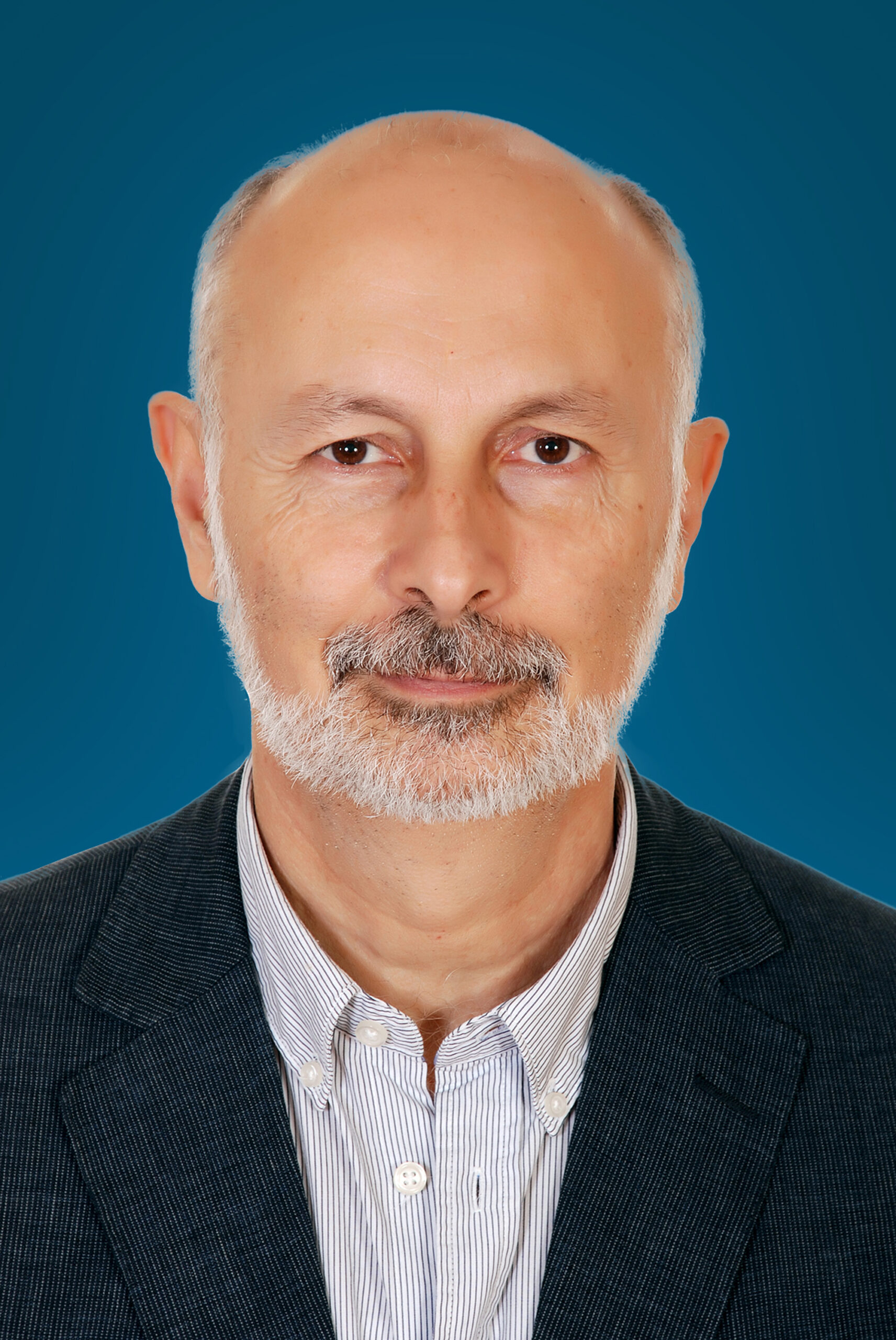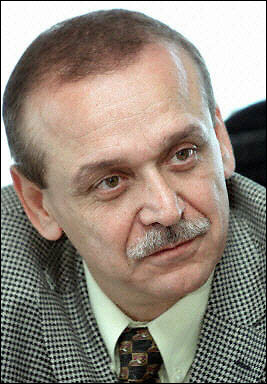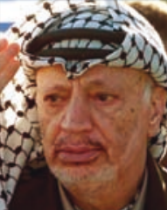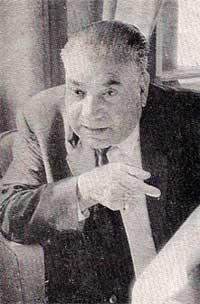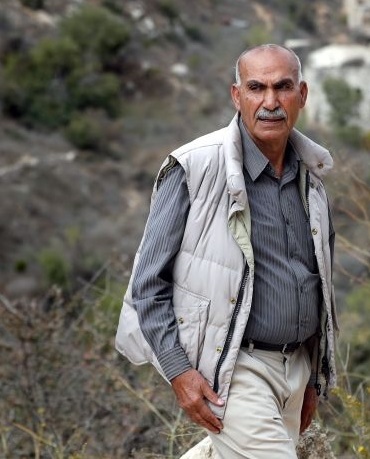Zuheir Muhsin
Zuheir Muhsin Birth: NULL/NULL/1936 Death:NULL/NULL/1979 Born in Tulkarem in 1936; trained...
ZUHEIR MUSA AS-SOURANI
ZUHEIR MUSA AS-SOURANI Birth: NULL/NULL/1936 Death:NULL/NULL/NULL Born in Gaza in 1936...
ZUHEIR IBRAHIM AL-MANASRA
ZUHEIR IBRAHIM AL-MANASRA Birth: 1/1/1943 Death:NULL/NULL/NULL Born in Bani Nai’m, Hebron,...
ZUHEIR BASHIR AR-RAYYES
ZUHEIR BASHIR AR-RAYYES Birth: NULL/NULL/1933 Death:NULL/NULL/1996 Born in Nazareth in 1933;...
ZUHDI LABIB SULAIMAN TARAZI
ZUHDI LABIB SULAIMAN TARAZI Birth: NULL/NULL/1924 Death:NULL/NULL/2006 Born in Jerusalem on...
ZIAD MAHMOUD ABU AMR
ZIAD MAHMOUD ABU AMR Birth: 22/6/1950 Death:NULL/NULL/NULL Born in Gaza City...
ZALIKHA ISHAQ ABDEL QADER SHIHABI
ZALIKHA ISHAQ ABDEL QADER SHIHABI Birth: NULL/NULL/1903 Death:NULL/NULL/1992 Born in Jerusalem...
ZAHIRA KAMAL
ZAHIRA KAMAL Birth: NULL/NULL/1945 Death:NULL/NULL/NULL Born in Jerusalem in 1945; went...
ZAHI KHOURI
ZAHI KHOURI Birth: 1/1/1938 Death:NULL/NULL/NULL Born in Jaffa in 1938 into...
ZAHALQA JAMAL
ZAHALQA JAMAL Birth: NULL/NULL/1955 Death:NULL/NULL/NULL Born in Kufr Kara on 11...
ZAFER AL-MASRI
ZAFER AL-MASRI Birth: 1/1/1942 Death:2/3/1986 Born in Nablus in 1942; lived...
YUSRA SALAH
YUSRA SALAH Birth: NULL/NULL/1923 Death:NULL/NULL/1993 Born in Nablus in 1923; was...
YUSRA AL-BARBARI
YUSRA AL-BARBARI Birth: 15/4/1923 Death:13/5/2009 Born in Al-Daraj, Gaza, on 15...
YUSIF ABDULLAH SAYIGH
YUSIF ABDULLAH SAYIGH Birth: NULL/NULL/1916 Death:NULL/NULL/2004 Born in Syria in 1916...
YOUSEF HEIKAL
YOUSEF HEIKAL Birth: NULL/NULL/1907 Death:NULL/NULL/1989 Born in Jaffa in 1907; attended...
YOUSEF DWEIK
YOUSEF DWEIK Birth: NULL/NULL/1963 Death:NULL/NULL/NULL Born in Jerusalem in 1963; studied Fine...
YOUSEF AL-NABAHANI
YOUSEF AL-NABAHANI Birth: NULL/NULL/1849 Death:NULL/NULL/1932 Born in Ijzim, near Haifa, in...
YOUSEF AL-KHATIB
YOUSEF AL-KHATIB Birth: 1/1/1931 Death:17/6/2011 Born in Duret Al-Khalil, Hebron, in...
YOUSEF AL-GHUSSEIN
YOUSEF AL-GHUSSEIN Birth: NULL/NULL/1900 Death:NULL/NULL/1947 Born in Al-Ramleh in 1900; educated...
YOUSEF ABU SAFIEH
YOUSEF ABU SAFIEH Birth: 1/1/1949 Death:NULL/NULL/NULL Born in Gaza on 8...
YOUSEF JUM’A (SHEIKH) SALAMEH
YOUSEF JUM’A (SHEIKH) SALAMEH Birth: NULL/NULL/1954 Death:NULL/NULL/NULL Born in Al-Maghazi Refugee...
YOUSEF IZZEDDIN AL-DAJANI
YOUSEF IZZEDDIN AL-DAJANI Birth: 11/10/1960 Death:NULL/NULL/NULL Born in Jerusalem on 11...
YOUSEF DIYA’ EDDIN (PASHA) AL-KHALIDI
YOUSEF DIYA’ EDDIN (PASHA) AL-KHALIDI Birth: 1/1/1842 Death:1/1/1906 Born in Jerusalem...
YEZID YUSIF SAYIGH
YEZID YUSIF SAYIGH Birth: NULL/NULL/1955 Death:NULL/NULL/NULL Born in Baltimore, Maryland, in...
YASSER (Abu Bashar) ABED RABBO
YASSER (Abu Bashar) ABED RABBO Birth: 1/1/1945 Death:NULL/NULL/NULL Born in Jaffa...
YASSER (ABU AMMAR) ARAFAT
YASSER (ABU AMMAR) ARAFAT Birth: 4/8/1929 Death:11/11/2004 Born in Jerusalem (or...
YAHYA HAMUDEH
YAHYA HAMUDEH Birth: NULL/NULL/1908 Death:NULL/NULL/2006 Born in Lifta in 1908; attended...
YAHYA HASSAN YAKHLUF
YAHYA HASSAN YAKHLUF Birth: NULL/NULL/1944 Death:NULL/NULL/NULL Born in Samakh (near Tiberias)...
YACOUB MOHAMMED AL-GHUSSEIN
YACOUB MOHAMMED AL-GHUSSEIN Birth: NULL/NULL/1900 Death:NULL/NULL/1947 Born in Ramleh in 1899...
YACOUB AHMAD ODEH
YACOUB AHMAD ODEH Birth: NULL/NULL/1942 Death:NULL/NULL/NULL Born in Lifta village in...

